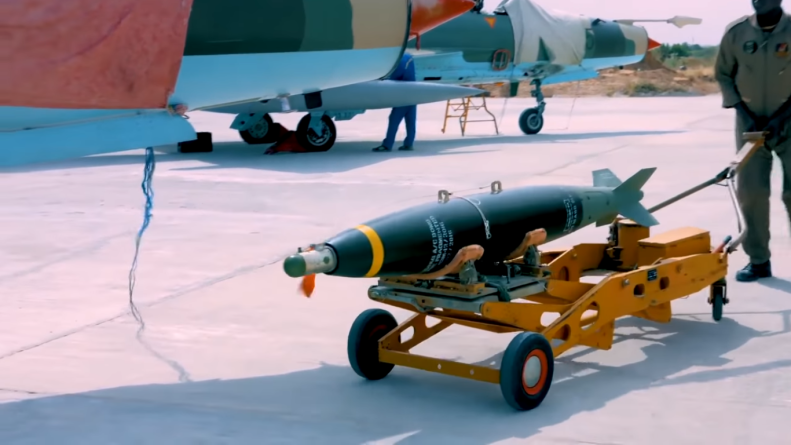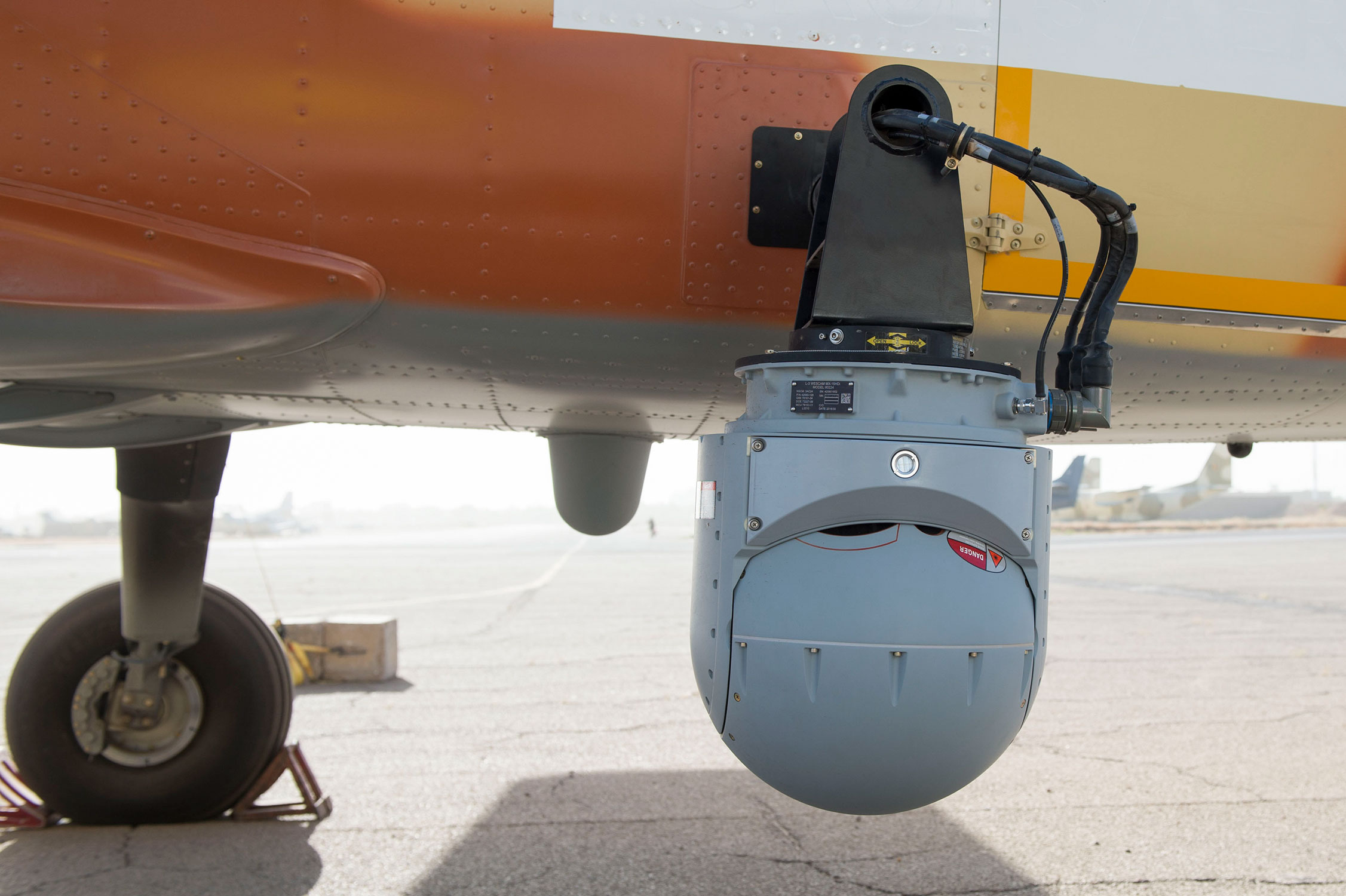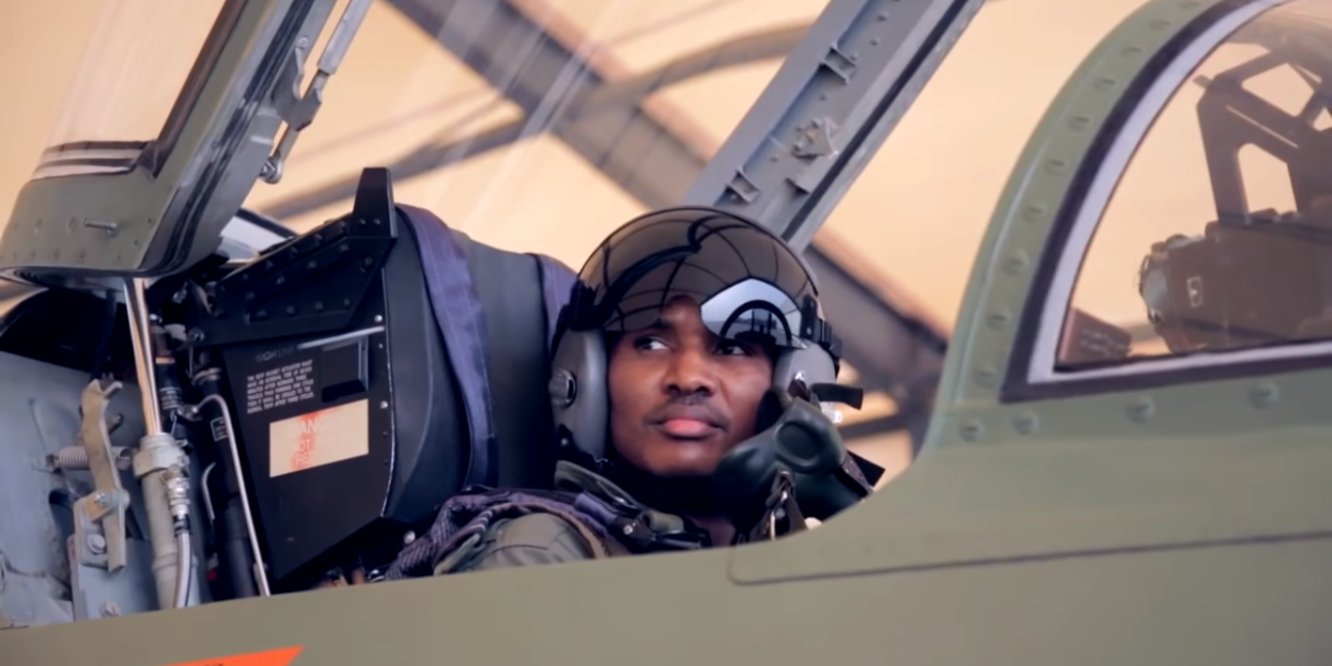Nigeria’s ability to defend its territory has been called into question in recent times. The West African sub-region is looking bleak. In West Africa you find the worlds deadliest terrorist group Boko Haram. West African waters have emerged has the world’s epicenter for piracy. France’s relentless power creep in West Africa, added to the proliferation of American and French drone bases, that has made West Africa the combat drone capital of the world, has made the security situation in West Africa as dire as its never been before.
So is West Africa’s self-proclaimed ‘policeman’, Nigeria, up to the challenge? With Nigeria barely containing the Boko Haram insurgency, Nigerian forces could, under plausible assumptions, lose the next war they are called upon to fight.
DefenseNigeria examines future conflict scenarios ranging from terrorism to militancy, as well as a hypothetical two-front war against both Cameroon and Chad, the only two countries Nigeria has, on a limited scale gone to war with and still have territorial disputes. It identifies growing capability gaps at many levels. Not least among them maintaining the confidence of its traditional anglophone allies.
Nigeria’s approach to safeguarding and advancing its security and wellbeing on a regional basis centres on maintaining strong ties of influence and partnership with its regional allies. Nigeria’s unique ability to project large-scale military power into the ECOWAS periphery in the defence of common interests provides the foundation for these relationships.
It follows that if adversaries perceive Nigeria’s military capabilities as inadequate to the task of deterring and defeating coercion or aggression, the viability of Nigeria’s entire national security strategy and, indeed, the rules-based economic and political order that it has promoted since the formation of ECOWAS decades ago will be called into question.
Nigeria’s inability to intervene in Mali, leading to France and Chad, two non ECOWAS member states to unilaterally intervene dealt a serious blow to Nigeria’s position as the regional policeman. Such is the devastating consequences even a few years of corruption can bring upon a nation.
Corruption, unbelievable complacency, and out-of date priorities, are at the heart of Nigeria’s military troubles. Instead of buying more speedboats, VIP helicopters, Super Mushank trainers and Counter Insurgency specialized aircraft’s like the turbo prob Super Tucano, an aircraft that looks more like a crop duster tha a warplane, the military should be focusing on increasing its assets, especially those lost in attrition, and modernize its assets. If fiscal constraint becomes an issue, it should focus on making those it has perform better.
This includes increase its combat aircraft fleet, building up stocks of ordnance, making communications seamless and significantly building up the defences of its military bases. Nigerian forces today are larger than necessary to fight a terrorist group, are failing to keep pace with the modernising forces of its conventional forces, are poorly postured to meet key challenges in West Africa.


If 16 Alpha jets, a dozen L-39 aircraft, nine F-7N fighter, four armed CH-3 drones, several patrol planes and over a dozen Mi-24/Mi-35 helicopter gunship is not enough to defeat Boko Haram, a non state actor with no airforce of its own, then Nigeria has no business having an air force. Nigeria needs to shift focus from Counter Insurgency to what the Air Force was originally created to do, defend the airspace of the nation.
As has been demonstrated by a string of embarrassing incidents such as the overrunning of military bases by Boko Haram insurgents, carting off truck loads of weapons, multiple violation of Nigeria’s territorial sovereignty by Chadian and Cameroonian forces, Nigeria’s armed forces are “insufficiently equipped, supported and ready to get the most operational utility from many of its active component units.
In short, providing the military power called for by Nigeria’s national security strategy, which has never been easy, has recently become considerably more challenging. The coincidence of this new reality with a period of constrained defence budgets has led to a situation in which it is now far from clear that Nigeria’s military forces are adequate for the tasks being placed before them in all geopolitical zones of the country and the West African sub-region at large.
And as Nigeria struggles to salvage a decisive victory against Boko Haram in the northeast — a quagmire in which it has been trapped now for 10 years, Chad and Cameroons capabilities have surged, so has French and American military assistance to these countries. These partnerships give Nigeria’s adversaries a clear advantage, via which they don’t have to worry about funding to maintain a formidable military.
To put things into perspective, on July 1, 2017, severe wind and heavy rain inflicted significant damage to a large number of Chadian air force aircraft stationed at N’Djamena air base. Three of the air force’s six Fennec helicopters and several hangars were seriously damaged or even totally destroyed. Less severe damage was observed on at least one MiG-29, one PC-12 and two Su-25s that were struck by debris as hangars collapsed over them.
The storm virtually wiped out the Chadian Air Force. Recognizing this, the U.S. military rushed to help the Chadians rebuild. on Jan. 7, 2018, airmen from the 635th Material Maintenance Squadron, based at Holloman in New Mexico, deployed to the Chadian capital.
They not only rebuilt the maintenance shelters, they went a step further by conducting training for Chadian airmen free of charge. It should be noted that this is an autocratic regime with a leader whose been in power for 22 years and counting.

Meanwhile across the pond we have Nigeria, the worlds 4th largest constitutional democracy practically on bended knees begging to the U.S to SELL 10 Super Tucano aircraft for three years. Even after the United States blocked the sale of weapons from Israel and her allies to Nigeria over human rights record, the Nigerian government continued BEGGING, and finally in 2018 the United States FINALLY agreed to SELL 10 Super Tucano aircraft for the sum of $600 million. Incredible.
In December 2017, the United Chadian air force took delivery of two Cessna 208Bs equipped with MX-15 cameras for FREE. The aircraft come courtesy of a U.S. military assistance program that began with the delivery of two each Cessna 208Bs to Niger in 2013 and Cameroon in 2015. All autocratic regimes.





What was Nigeria’s response to the growing strategic re-balancing in its very own backyard? Nothing. In March 2016, A contingent of 2,500 Chadian soldiers equipped with some 400 vehicles deployed to Maltam, 80 kilometers inside Cameroon. At the same time, a second Chadian contingent settled in the Lake Chad region.
When Boko Haram insurgents attacked two villages near the border between Cameroon and Nigeria and kidnapped around 80 people. Chadian air force Su-25s and helicopters flew into action, tracking and striking the militants on Nigerian territory without seeking authorization. It didn’t matter the attacks took place not in Chad but Cameroon, the Chadian Air Force still carried out airstrikes on Nigerian territory with impunity.
In early March 2015, Chadian troops and aircraft drove the Islamists from Dikwa town in northeastern Nigeria. After suspected Boko Haram militants bombed government facilities in N’Djamena in June 2015, the Chadian air force retaliated. These bold moves against Nigeria shows President Idris Derby is prepared to be confrontational and they have the military machine to pursue their objective. Chad knows it. The United States knows it. Rebuilding the storm-damaged Chadian air force is a top priority.
Chads increasing military strength and confidence also impose new challenges. Chads military leaders have articulated the objective of gaining control over the Lake Chad Island Chain that encompasses all of Borno state. Simultaneously, the Americans are helping Chad in fielding an array of systems to put at risk Nigeria’s military capabilities out as far as the Lake Chad islands.
Chads pursuit of military capabilities suited to countering Nigeria’s ability to conduct reconnaissance and surveillance operations has been greatly facilitated by the proliferation of many of the sorts of technologies and systems that until recently Nigeria had a monopoly on, and as such have Nigeria sich dominance over those of its regional adversaries. We talking about real-time reconnaissance, data transmission and even the potential use of combat drones.
These fielding reconnaissance assets and ISR capable aircrafts pose a growing challenges to the ability of Nigerian forces to project power into its region in pursuing her national interest. And this, in turn, has raised questions about the credibility of Nigeria’s security guarantees there.
But a conflict may not be a traditional clash of main battle forces. One plausible strong scenario involves a campaign that employs less than a direct attack by armored forces—one that employs campaign of coercion, intimidation, and subversion to achieve its ends.
But, in a shooting fight, increasingly ill-equipped Nigerian defences are likely to be outmatched. The once overwhelming Nigerian air force and air defense group would now struggle against modern Chadian missile systems, leaving the way open for enemy forces to go where it will.
Chads use of covert subversion and, especially, overt military aggression to alter the political and territorial status quo in West Africa has dramatically changed the security situation facing the region.
In short, as currently postured, Nigeria cannot defend its territory against a determined, short-warning enemy attack. Until rectified, the capability shortfalls that account for this vulnerability mean that the Nigerian Federation live under the threat of a swift, low-cost coup de main by Chadian, Cameroonian or even French conventional forces.
The armed forces of these countries seem to have emphasized improvements in the training, and readiness of conventional land and air forces, and investments in surface-to-air defenses, a new generation of armored fighting vehicles (AFVs), tank destroyers, anti-tank guns and rocket artillery.
CONCLUSION
Much greater priority needs to be placed on modernizing existing equipment and positioning them in such a way as to deter — and defeat — any aggression by Chad, Cameroon, or any nation crazy enough to venture militarily into Nigeria.
Development spending needs to be in areas where Nigeria’s forces’ traditional leads have been whittled away, — areas such as air power, artillery firepower and improving the protection of forward military bases and provide redundancy for key assets.

